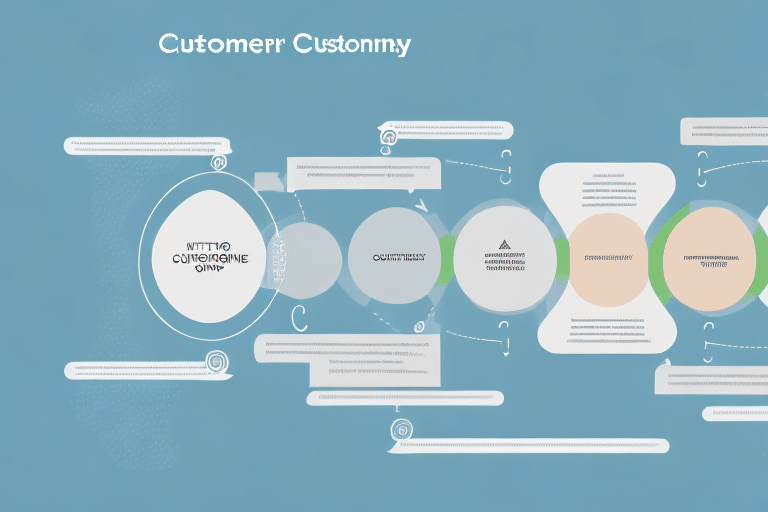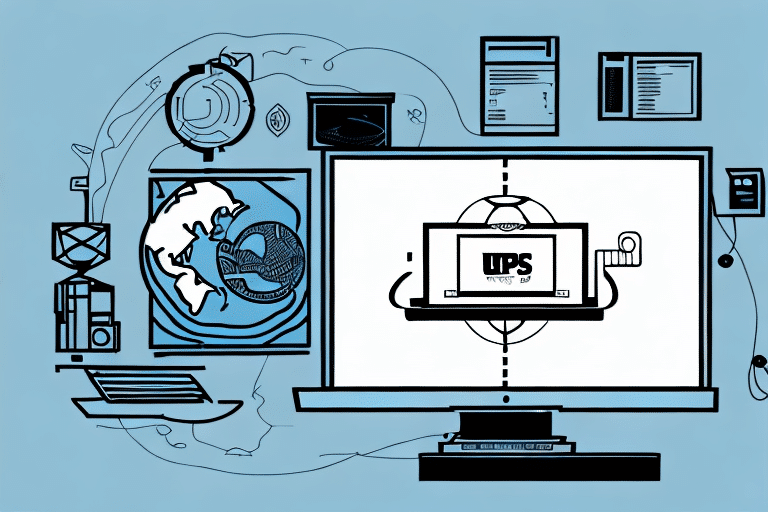Introduction: The Critical Role of Customer Retention
In today's competitive business landscape, customer retention has emerged as a pivotal strategy for companies striving to thrive. Retaining existing customers is significantly more valuable than acquiring new ones because loyal customers tend to spend more, refer others, and offer valuable feedback and insights. This comprehensive customer retention guide provides a step-by-step process for developing and implementing a successful retention plan, complete with data, metrics, case studies, and best practices.
The Benefits of a Comprehensive Customer Retention Strategy
A robust customer retention strategy offers numerous advantages, including reduced costs, increased profits, and enhanced customer loyalty. Research indicates that acquiring a new customer can cost up to five times more than retaining an existing one. Furthermore, repeat customers spend 67% more than new customers, highlighting the financial benefits of focusing on retention.
Loyal customers are also more likely to refer friends and family, fostering word-of-mouth marketing—a highly effective and cost-efficient method of acquiring new customers. Additionally, a strong retention strategy helps businesses better understand their customers, enabling them to refine their products or services based on customer feedback and behavior analytics.
Key Metrics for Measuring Customer Retention
Effectively measuring customer retention involves tracking several key metrics:
- Customer Acquisition Cost (CAC): The cost associated with acquiring a new customer.
- Customer Lifetime Value (LTV): The total revenue a business can expect from a single customer account.
- Churn Rate: The percentage of customers who stop doing business with a company over a specific period.
- Net Promoter Score (NPS): A metric that measures customer loyalty and satisfaction based on their likelihood to recommend your business.
- Customer Satisfaction Score (CSAT): Reflects how satisfied customers are with your products or services.
- Customer Retention Rate (CRR): The percentage of customers who continue to do business with a company over a given timeframe.
Regularly monitoring these metrics provides valuable insights into the effectiveness of retention strategies and areas that require improvement.
Case Study: Overcoming Customer Retention Challenges
Consider a mid-sized e-commerce company specializing in clothing and accessories. After five years of steady growth in sales and customer acquisition, the company noticed a decline in retention rates over the past year, resulting in decreased revenue. By conducting thorough analysis, the company identified key pain points in the customer journey that were leading to higher churn rates.
Implementing targeted retention strategies, such as personalized email campaigns and loyalty programs, the company successfully increased its CRR by 15% within six months, demonstrating the effectiveness of a well-structured retention plan.
Developing and Implementing an Effective Retention Plan
Step 1: Analyzing the Customer Journey and Identifying Pain Points
Understanding the customer journey is crucial for identifying areas where customers may experience challenges. Analyzing feedback, complaints, and behavioral data helps pinpoint pain points that can be addressed to enhance the customer experience.
Conducting surveys is an effective method for gathering customer feedback. Implementing short, targeted surveys via email, social media, or the company website encourages participation and provides actionable insights.
Step 2: Developing a Customized Retention Strategy
Once pain points are identified, it's essential to create a tailored retention strategy. Effective strategies may include:
- Email marketing campaigns tailored to customer preferences
- Personalized offers and discounts
- Loyalty programs that reward repeat purchases
- Exceptional customer service training to exceed customer expectations
Regularly reviewing and updating the retention plan ensures its relevance and effectiveness in meeting evolving customer needs.
Step 3: Implementing the Plan and Tracking Results
Effective implementation requires assigning specific tasks to team members and setting clear deadlines. Providing training and support ensures that employees are equipped to execute the plan successfully.
Monitoring progress through customer surveys, sales data analysis, and social media feedback allows for ongoing assessment of the plan's impact. Adjustments should be made based on the data to optimize retention efforts continuously.
Measuring Success: Results and Analysis
After implementing the retention strategy, it's vital to analyze the results to assess its effectiveness. Comparing key performance indicators (KPIs) such as churn rates, customer satisfaction, and revenue growth against industry benchmarks provides a clear picture of performance.
Incorporating customer feedback through surveys and social media monitoring offers qualitative insights that complement quantitative data, enabling informed decisions to further enhance the retention program.
Best Practices for Successful Customer Retention
Adhering to best practices ensures sustained success in customer retention efforts:
- Personalized Communication: Tailor messages and offers based on individual customer data to increase engagement and loyalty.
- Exceptional Customer Service: Promptly address inquiries and complaints, offering effective solutions and exceeding expectations to build trust.
- Continuous Improvement: Regularly analyze customer feedback and retention metrics to refine strategies and better meet customer needs.
- Loyalty Programs: Implement programs that reward repeat business, encouraging long-term customer relationships.
By integrating these practices, businesses can foster a loyal customer base that drives long-term growth and success.
Conclusion: Key Takeaways and Next Steps
Developing a comprehensive customer retention plan is essential for business growth and sustainability in a competitive marketplace. This guide has outlined a step-by-step process for creating an effective retention strategy, emphasizing the importance of understanding customer needs, measuring key metrics, and implementing best practices.
Continuous focus on customer retention will lead to increased revenue, enhanced customer loyalty, and improved overall satisfaction. Begin implementing these strategies today to secure long-term success.
Download the PDF Guide and Access Additional Resources
For a detailed step-by-step guide on developing your customer retention strategies, download the PDF guide here. Additionally, explore our additional resources, including webinars, blogs, and case studies, to further enhance your customer retention efforts.




















